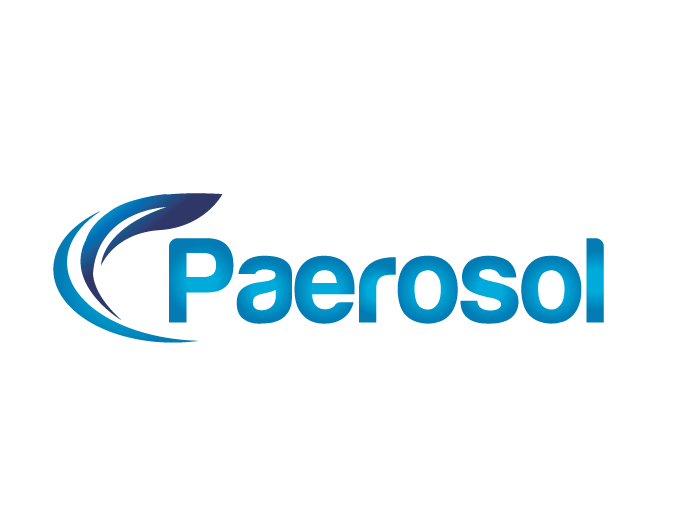Mold is a problem that homeowners and property managers alike struggle to identify and mitigate properly. The difficulty of removing mold from indoor spaces, once established, makes it a challenge to remove and prevent in the future.
Where Does Mold Come From?
Molds grow in our environment, inside and outside. These microscopic organisms are responsible for breaking down animal and plant matter. Mold is found outdoors in shady or damp spaces and can grow on any surface indoors under the right conditions. Organic material combined with the proper amount of moisture and oxygen will help mold to grow indoors. Interfering with mold will cause it to release little spores into the air, making it difficult to get rid of.
What Types of Molds are Common Indoors?
Cladosporium, Penicillium, Aspergillus, Alternaria, and Stachybotrys chartarum (black mold) are the most common kinds of mold that you’ll find indoors.
Since mold is quite common in both indoor and outdoor environments, people are exposed every day to mold and mold spores. Those mold fragments and spores become airborne, making inhalation the primary source of contact. Most of the time, this exposure to mold is not harmful.
What Are Some of the Symptoms Related to Mold Exposure?
In healthy adults, allergic reactions like sinus issues, eye irritation, coughing, sore throat, and rashes can result from mold exposure. Older adults and children with chronic respiratory disease are at greater risk of lung infection or adverse reactions from mold.
How Do You Know If You Have Mold Growing at Home?
When looking for mold damage around the home inspect the “hot spot” areas:
- Anywhere there is water: under sinks, inside cabinets, in grout or caulk, air vents, exhaust fans
- Ceilings
- Around windows
- Attics
- Basements
Any indication of water damage may reveal peeling or bubbling walls, stained carpet, or even coffee-like stains on the ceiling or walls. Aside from noticing growth on surfaces, sometimes it is difficult to see a hidden source of growth. This growth might be concealed under surfaces like walls or carpets, and around leaky pipes. The only clue to hidden mold growth might be the odor.
How Can I Prevent Mold from Growing In My Home?
Controlling moisture in the home is the best way to limit the growth of mold or fungus. While it is not possible to eliminate all mold from a home, reducing moisture and solving any water problems will go a long way to prevent growth indoors. Mold can grow on any surface if the right conditions support growth. It is particularly hard to clean absorbent materials like carpets, wood, or ceiling tiles.
The optimal indoor humidity should be between 30-60% according to the Environmental Protection Agency. The vents in a home also help to control moisture levels, and the use of air conditioners and dehumidifiers will inhibit mold growth.
Mold remediation after natural disasters can cost into the billions of dollars, like the recovery efforts in New York and New Jersey after Hurricane Sandy struck. The long waits to clean up mold and fungus resulted in families reporting the “Sandy cough,” a respiratory symptom attributed to living in unremedied buildings. Some buildings affected by this storm are still addressing mold growth, over 11 years after the storm. The frequency of intense storms is highlighting the need for a quicker response time to clean within the crucial 24-28 hours after initial flooding. Any building located in a damp climate also needs to maintain a dry and controlled climate. Recently the US Army uncovered issues within a number of barracks, resulting in the relocation of 1,100 soldiers to new living quarters.
Treat Mold Effectively & Safely with Paerosol
While it is not possible to eliminate all mold, it is easy to prevent mold growth and treat indoor surfaces in your home with Paerosol spray. Paerosol kills both air and surface-borne bacteria, viruses, and mold with up to a 99.999% rate of effectiveness. Using Hypochlorous Acid (HOCL), all pathogens are destroyed on contact. Because HOCL is an all-natural and non-toxic product, it has no harmful side effects to humans or animals.
Paerosol’s application is perfect for a variety of industries, not just preventing mold growth in residences. Hospitals and clinics use Paerosol to eradicate viruses and clean the air as well as surfaces. Agriculture and livestock facilities use Paerosol to help prevent food-borne illnesses as well as kill any pathogens or mold growth. When it is necessary to sanitize areas where there will be large groups of people (Hotels, Schools, Airports or Fitness Centers), Paerosol is the safe and effective choice to clean the environments where we work, play and travel.
Visit http://box2111.temp.domains/~nabashtw/paerosol.com/ to learn more about how this non-toxic solution prevents the mold, bacteria, and viruses from growing in your environment.
